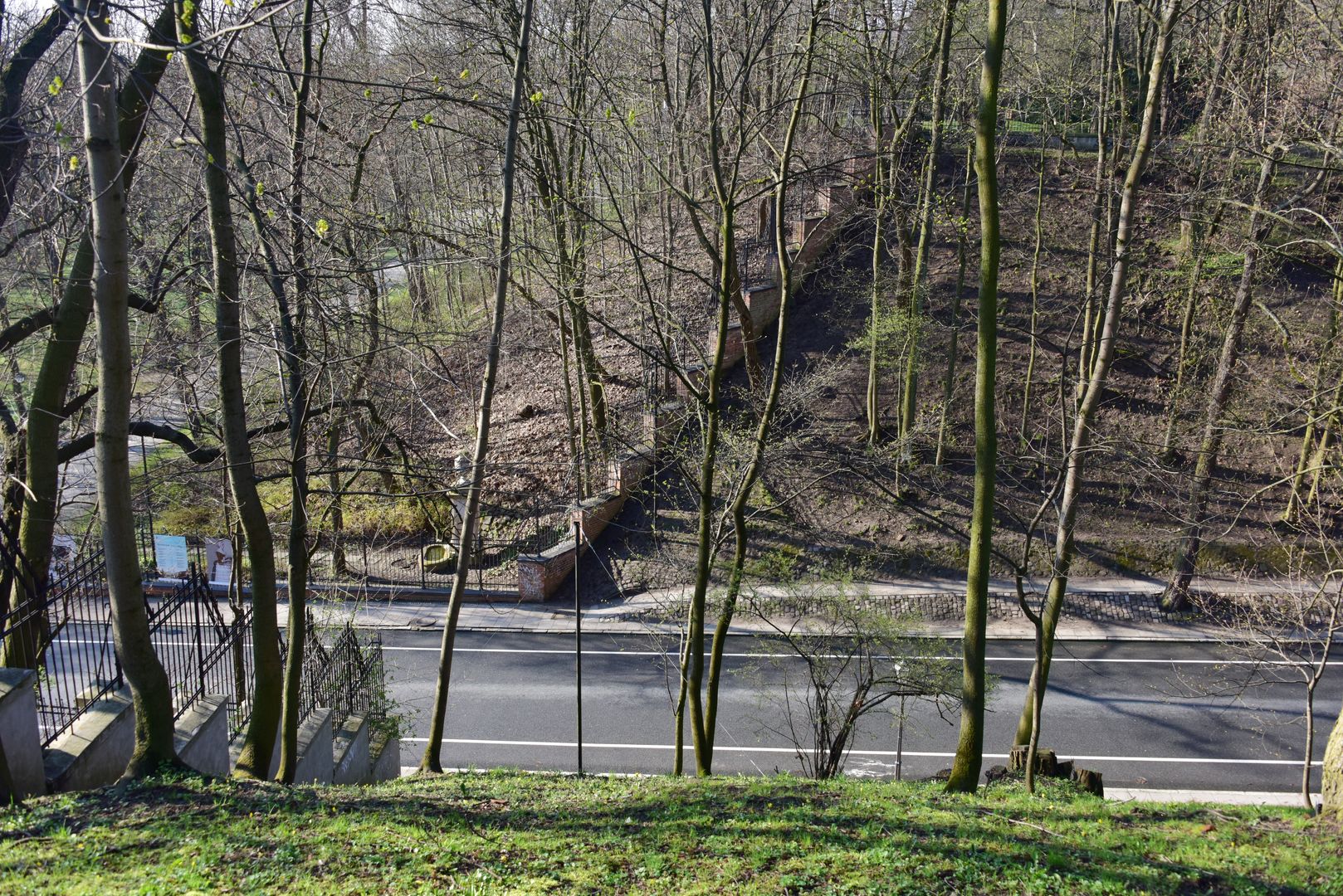Vistula Escarpment in Warsaw
6.26

Overview
The Warsaw Escarpment is a distinctive feature of Warsaw's landscape, forming the western edge of the Middle Vistula Valley. This prominent elevation plays a key role in the city's urban planning, serving as the foundation for attractive public spaces accessible to residents. The escarpment, home to numerous historical buildings and residences, shapes Warsaw's skyline. Among its architectural treasures are the Royal Castle, St. John's Cathedral, as well as palaces, churches, and museums.
The history of the escarpment dates back to the 13th century when strongholds were built on its summit, taking advantage of its natural defensive qualities and favorable climatic conditions. Over the centuries, it became a preferred location for constructing palaces, villas, and gardens, attracting nobility due to its picturesque views.
In the local dialect of Czerniaków, the areas at the foot of the escarpment were referred to as "Dół" (The Pit), highlighting their lower elevation. The Warsaw Escarpment is not only a significant urban element but also a natural hydrographic system for the city, featuring numerous viewpoints.
However, due to its geological composition, it is prone to landslides and soil movements. In the past, human activity led to the formation of many anthropogenic gullies in the escarpment area, altering its appearance. Additionally, near the Old Town, there was once a city dump that contributed to the formation of Gnojna Góra (Dung Hill), now a popular viewing spot.
Protecting the Warsaw Escarpment is of great importance to preserve its cultural and natural heritage, as documented in the city's spatial development studies.
Location
Tickets
Powered by GetYourGuide
2025 Wizytor | All Rights Reserved